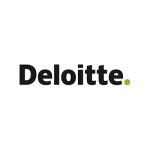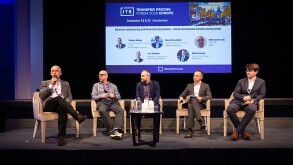The phrase ‘innovate or die’ may sound simple, but for businesses, it is a reality. Even more so in times when business is haunted by a global pandemic, and simultaneously faces the challenges of climate change.
To retain its position as a global innovation centre with attractive taxation, Switzerland in 2020 introduced both input and output research and development (R&D) tax incentives, with the clear intention to strengthen Switzerland`s position as an innovative R&D hub. All incentives were designed with the OECD framework against harmful tax regimes in mind, thus – allowing for internationally accepted – tax benefits that can further reduce the already very competitive headline tax rates, which are below 12% in some Swiss cantons.
R&D deductions
As part of the new rules, companies with Swiss sourced R&D activities may opt-in for an additional tax deduction of up to 50% of R&D related employee costs (including a mark-up) and/or qualifying contract R&D expenses. In order to simplify the determination of qualifying R&D activities, Swiss tax authorities will, among others, rely on the definition of R&D as provided by the OECD-Frascati manual (2015 edition).
The deduction covers both basic research and process/product application related innovation. The additional R&D deduction is possible, even in case no future profit derives from the underlying R&D spending.
Patent box
In addition to input promotion, Swiss tax law allows for an output promotion following the OECD-nexus approach and allowing for an additional R&D deduction of up to 90% on patent-related income. The patent box is available in all Swiss cantons and provides companies with a registered patent or comparable right (in Switzerland or abroad) with an efficient instrument to optimise taxation for the useful life of the patent.
Switzerland opted for a patent box that limits the additional administrative burden and reliance on registrations with a recognised patent office. Companies with eligible patents may determine the box profit either by way of a top down approach or bottom up, i.e. based on adjusted patent/product income (with lump sum deductions and brand related costs) or based on taxable income with pre-defined deductions for certain categories of income. The patent box deduction is limited by the ‘nexus ratio’, that determines the Swiss-sourced R&D related to the patent. Acquisition costs for a patent and related party R&D costs from outside of Switzerland reduce the ‘nexus ratio’, while Swiss-sourced R&D expenses and global contract R&D expenses from third parties (with a mark-up of 30%) benefit the ‘nexus ratio’.
To avoid ‘double deductions’, the opt-in to a patent box regime requires entrance taxation of historic R&D expenses related to the patent within five years, with many cantons offering flexible application of the box deduction rather than levying an entrance cash-tax.
The innovation benefits provided by the Swiss tax law should allow Swiss-based companies to keep a competitive edge, attract more foreign investment and allow the country to retain its position as a global innovation leader.
Manuel AngehrnT: +41 58 279 7279E: maangerhn@deloitte.ch
Loris LippT: +41 58 279 60 00E: llipp@deloitte.ch













